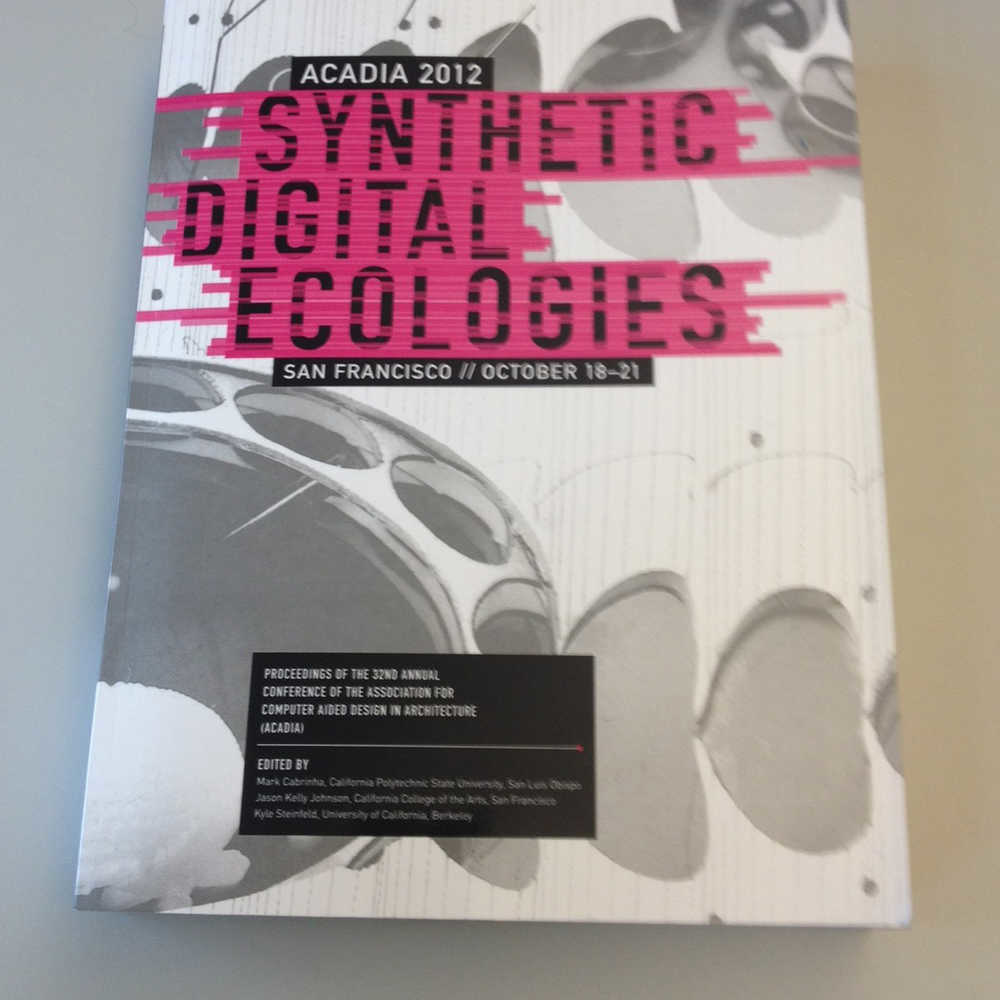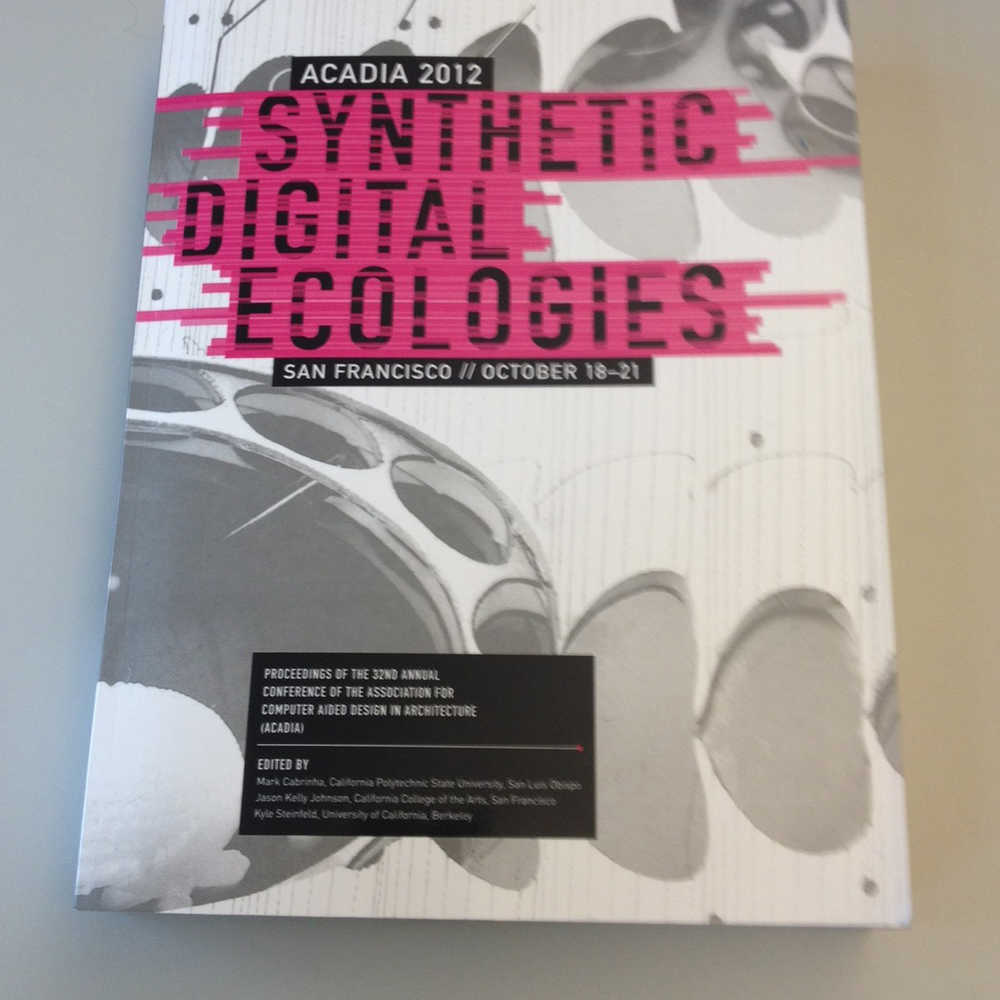

Essay: softBIM, An Open-Ended Building Information Model in Design Practice
On 18 October 2012 the Parameters Platform presented the paper 'softBIM – An open-ended building information model in design practice' at the 32nd Annual Conference of the Association for Computer Aided Design in Architecture (ACADIA 2012) in San Francisco.
Below is the abstract for the article. The full paper can be downloaded here.

In this paper we propose softBIM, a working method developed through experiences from UNStudio’s architectural practice. softBIM is the adherence to BIM processes through the use of code-based interfaces and bespoke—as opposed to standard—solutions, drawing on environments that may be thought of as open-ended, such as commonly accessible CAD platforms. We present examples from practice in which our definition of the softBIM method has been used to some extent. We discuss its advantages and disadvantages in relation to its use in early project phases. The premise for this study is twofold; it has been our intention both to revise the way in which our tools are used, arriving at the back-end programming level in an attempt to increase effectiveness, as well as to devise a specific open-source-type methodology drawing on the above philosophy in a specific way inherent to the UNStudio existing software culture. The goal of this study is to propose an integrative, schematic and open-ended model for dealing with complex assemblies of geometric and non-geometric project data, aiming to remain non-reliant on specific software packages.
Bibliographic Reference: Gustav Fagerström, Marc Hoppermann, Nuno Almeida, Martin Zangerl, Stefano Rocchetti and Ben Van Berkel (UNStudio), 'softBIM: An Open Ended Building Information Model in Design Practice', in Mark Cabrinha, Jason Kelly Johnson and Kyle Steinfeld (eds), Synthetic Digital Ecologies: Proceedings of the 32nd Annual Conference of the Association for Computer Aided Design in Architecture (ACADIA), San Francisco, 201 2, pp 37-46.